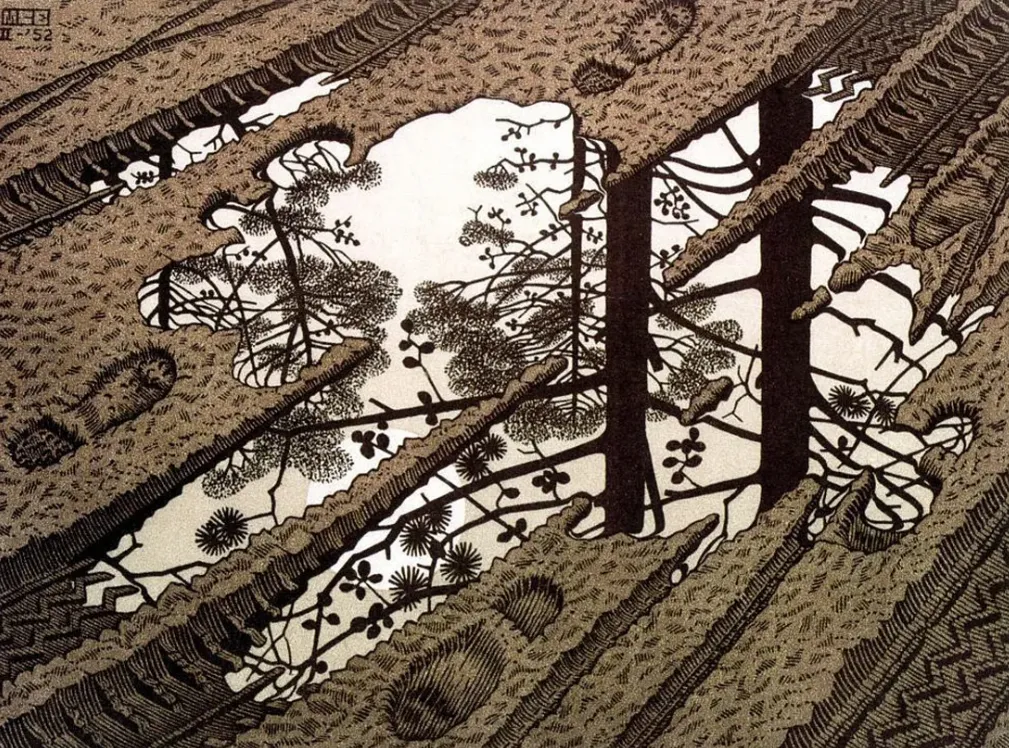Muddy

Context
Section titled “Context”In network practices, it is tempting to operate from a place of clarity, technical rigor, and methodological neatness. The “high ground” offers clean logic, replicable frameworks, and well-scoped problems. But the most pressing challenges—the ones of real human consequence—don’t live there.
Problem
Section titled “Problem”When we stay in the safe, abstract, or overly structured terrain of network design, we risk:
-
Focusing on the solvable but insignificant, rather than the significant but messy.
-
Designing from a distance—out of touch with lived realities.
-
Avoiding the discomfort of ambiguity, contradiction, and emotional labor.
-
Mistaking cleanliness for rigor, and clarity for value.
-
Failing to create interventions that matter, because we’ve refused to get muddy.
In other words, we remain precise—but irrelevant.
Forces
Section titled “Forces”-
Technical expertise is more legible, rewarded, and easier to defend than lived, adaptive wisdom.
-
The “swamp” is ambiguous and emotionally taxing; it lacks quick feedback and clean metrics.
-
The most important systemic problems resist linear approaches.
-
The mess of the real world often clashes with our desire for order, legibility, and control.
Solution
Section titled “Solution”Therefore, go where the terrain is muddy. Choose to descend into the messy, ambiguous, and unpredictable conditions where the most meaningful systems change takes place.
This means:
-
Leaving behind the comfort of tidy solutions in favor of muddling through with humility and responsiveness.
-
Embracing incomplete feedback, warped signals, and unclear roles as features—not bugs—of real networks.
-
Drawing on experience, intuition, embodied knowing, and local knowledge.
-
Letting go of the illusion of detached mastery, and learning to dialogue with the network in terrain that resists clarity.
-
Honoring the “swampy lowlands,” where tools break down but new forms of insight can emerge.
-
Seeing rigor not as control, but as commitment to stay present and engaged amid uncertainty.
This is not a call to abandon structure—but to recognize that in muddy terrain, structure must evolve through participation.
Resulting Context
Section titled “Resulting Context”-
Practitioners work closer to the core of human concern—where networks hurt and healing is needed.
-
Change strategies become more adaptive, grounded, and relational.
-
Teams tolerate ambiguity and complexity without paralysis.
-
Innovation arises through iteration and improvisation, not blueprint.
-
The practice becomes not only more effective, but more just, alive, and honest.